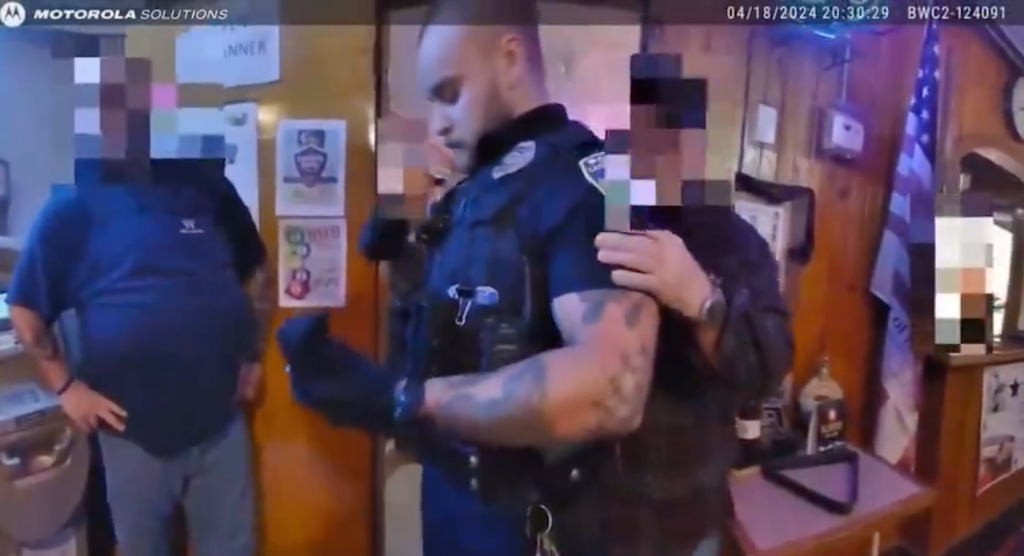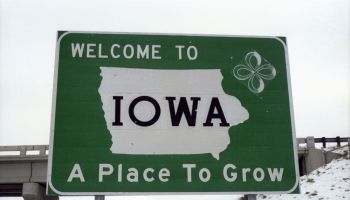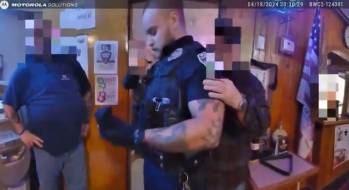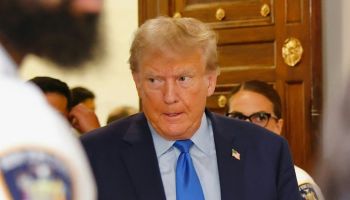Federal Communications Commissioner Jessica Rosenworcel wrote an article in the Huffington Post that puts the so-called “homework gap” in perspective. She points out that seven out of 10 teachers assign homework that requires Internet access. The problem is that Internet service is unaffordable for scores of low-income families.
Rosenworcel writes:
“Try to imagine what it is like to be a student in one of these households. Just getting homework done is hard. Trying to research a paper is tough. Instructional videos and online educational programs are out of reach. It means the daily challenge of getting schoolwork done is compounded by a quest for connectivity.”
How big is this problem? The Pew Research Center estimated last year that about 5 million households with school-age children can’t afford Internet service, which the researchers say disproportionately affects Black and Latino children. About one-third of households earning less than $50,000 with school-age children are unconnected at home.
President Barack Obama announced the launch of ConnectALL on March 9, it’s an initiative to enable all Americans to afford broadband. It seeks to eliminated the digital divide—an ongoing problem that captures the public’s attention from time-to-time.
In a recent article, the New York Times shined a spotlight on the issue. The paper told the story of a sister and brother—Isabella and Tony Ruiz—who routinely stand outside an elementary school near their home to use its wireless hot spot.
With their parents struggling to make ends meet, Isabella, 11, and her 12-year-old brother don’t have Internet service at home. By standing outside the school building, Isabella was able to watch her teacher’s math guide on the family’s mobile phone.
The article drew a Facebook comment from President Obama:
“All of America’s students should be able to get online, no matter where they live or how much their parents make.”
Mr. Obama said his initiative could help the siblings and the millions of other students trapped in the homework gap. His ambitious plan seeks to connect 20 million unconnected Americans to the Internet by 2020.
The president said he submitted a recommendation to the Federal Communications Commission that would update a 1980s telephone subsidy.
According to the New York Times, it would give low-income families a $9.25 per month subsidy to help pay for broadband service.
President Obama also called on the business community, non-profits, tech experts, as well as state and local governments, to join the effort.
Rosenworcel urged cities and businesses around the nation to establish more hotspots. She also recommends equipping school busses with Wi-Fi so students could get a head start on assignments during the ride home.
“The homework gap is a complicated problem, but the lesson is straightforward: We need to take steps now to make sure all students have access to the connectivity they need to do their homework,” she wrote in the Huffington Post.
The commissioner said the entire nation benefits when more schoolchildren have an equal chance to succeed.
SOURCE: White House, New York Times and Huffington Post | PHOTO CREDIT: Getty
VIDEO: Technology & The Arts In Education
Black Girls CODE Empowers Young Women Of Color To Fall In Love With Technology
























